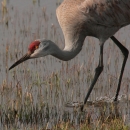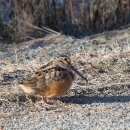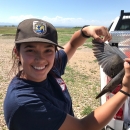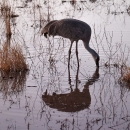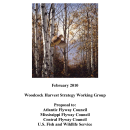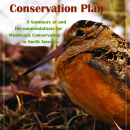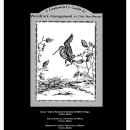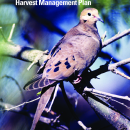Library
There are 16 recognized species of upland migratory game birds in North America. Each species has some unique conservation and management needs yet many have overlapping needs. In 2006 the Migratory Shore and Upland Game Bird Working Group (as part of the Association of Fish & Wildlife Agencies) directed a small group of state, federal, and non-governmental organizations to develop a strategy for identifying and funding research and management needs for upland migratory game birds.
Six separate Strategies, identified below in a library collection, were developed that identify priority information needs for the entire suite of upland game birds. The Strategies provide guidance for research and management activities, and help to increase financial support for the program. Further, the Strategies guide project selection through the U.S. Fish and Wildlife Service’s Webless Migratory Game Bird Program, which provides cooperative funding for both research and management activities that benefit the 16 species of webless migratory game birds in North America.

